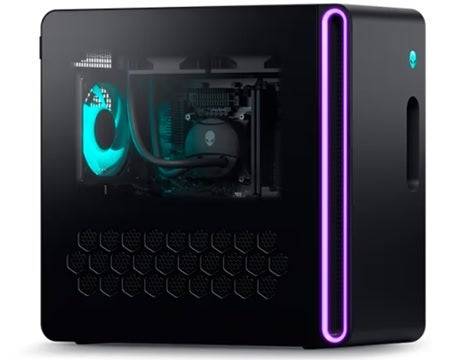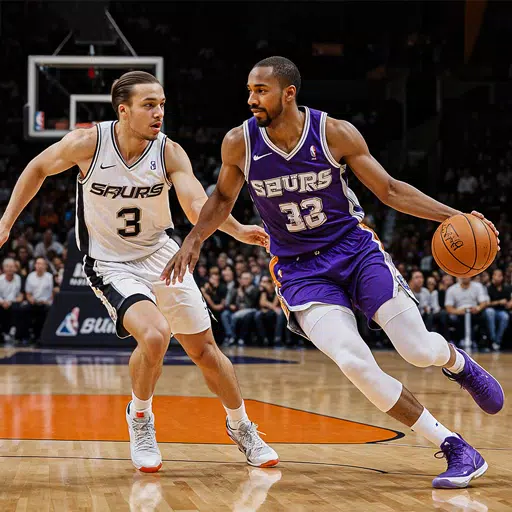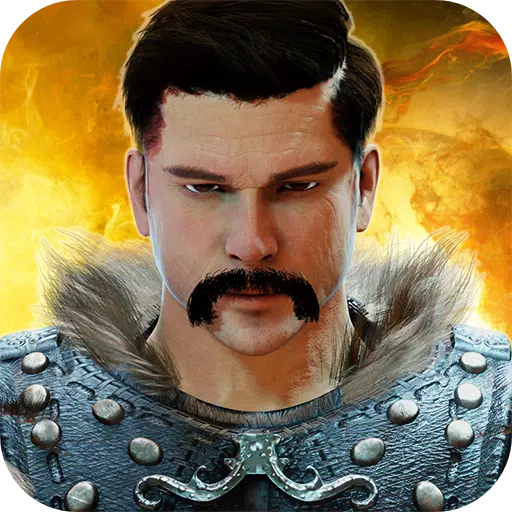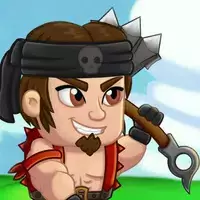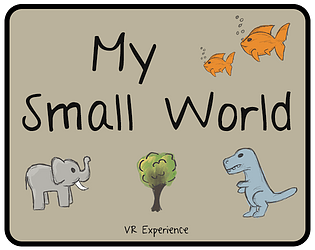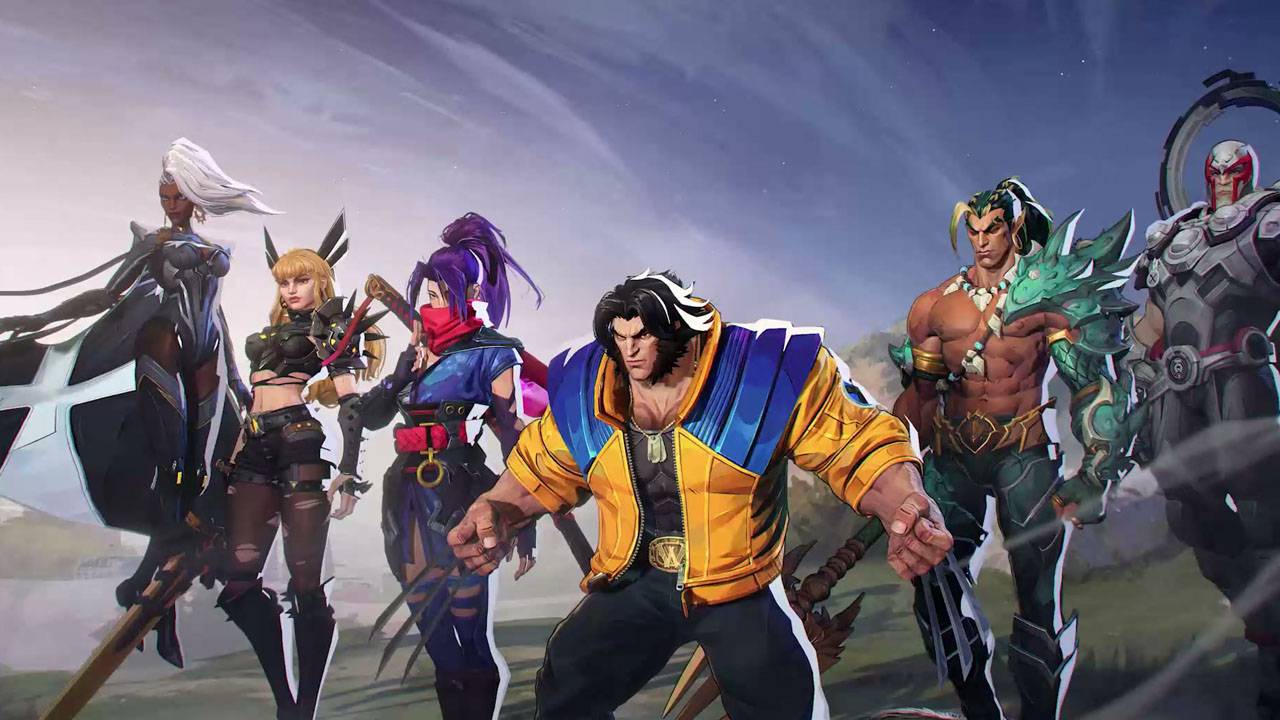In the leadup to its global launch, Monster Hunter Wilds shattered pre-order records on both Steam and PlayStation, effortlessly following in the footsteps of its extraordinarily popular predecessors, 2022's Monster Hunter Rise and 2018's Monster Hunter: World. These sales figures firmly establish Capcom's unique and esoteric RPG series as one of the biggest video game franchises worldwide.
However, this wasn't always the case. Less than a decade ago, the notion of a Monster Hunter game achieving such widespread global popularity would have seemed far-fetched. Rewind to the series' inception in 2004, and the idea would have been even more improbable; the original game received mixed reviews. It wasn't until a year later, when Monster Hunter transitioned to the PSP, that the series truly took off—in Japan.
For a long time, Monster Hunter epitomized the "game series bigger in Japan than the rest of the world" phenomenon. The reasons for this were straightforward, as this story will elucidate, but that didn't deter Capcom from striving to break Monster Hunter into the international market. As evidenced by Monster Hunter: World, Rise, and now Wilds, the effort was well worth it.
This is the journey of how Monster Hunter evolved from a domestic hit to a global powerhouse.
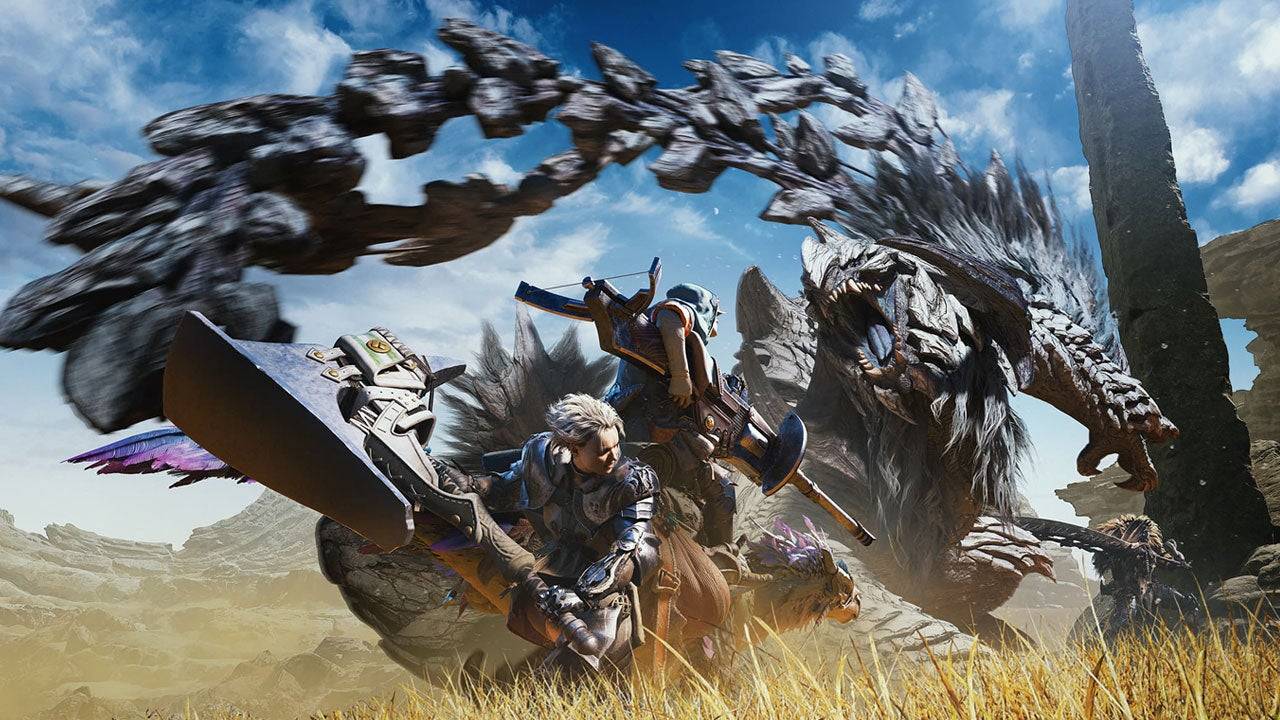
Around the time of Street Fighter 5's launch in 2016, Capcom underwent an internal reorganization to prepare for a new generation of games. These games would run on the company's brand new RE Engine, a replacement for Capcom's aging MT Framework. But this change was about more than just tools. Alongside the engine upgrade came a new mandate to ensure Capcom's games were being made not just for existing, territory-specific fans, but for a global audience.
"It was a few factors that came together," says Hideaki Itsuno, a former game director at Capcom best known for his work on Devil May Cry. "The change of the engine and also all teams were given a very clear goal at that point to make games that reach the global market. [Games] that are fun for everyone."
If you examine almost all of Capcom's games released during the PS3 and Xbox 360 era, you get the sense that the company was going all-in on trying to capture an imagined version of the "Western games market." The action-heavy Resident Evil 4 was a big hit, true. But the more gun-focused spinoffs like Umbrella Corps, as well as the sci-fi shooter series Lost Planet, were all clearly chasing late-2000s Western gaming trends to no avail. After several years, Capcom realized it needed to create games that could appeal to everyone, not just fans of traditional Western genres.
"All teams were given a very clear goal to make games that reach the global market," Itsuno says. "I think that we had that clear goal of just focusing and not holding anything back, towards making good games that would reach people from all over the world."
Itsuno notes that the time leading up to 2017 was pivotal. "The changes in organization and the changes in the engine, all these elements came together around that time," he says. When Resident Evil 7 launched that year, it kickstarted a Capcom renaissance.
No other series embodies this new company goal for global success better than Monster Hunter. While it had its diehard fans in the West, for decades Monster Hunter was much, much bigger in Japan than the rest of the world. The series was never conceived to be something that was only big in Japan, but there were real-world factors as to why this happened.
Firstly, Monster Hunter found tremendous success moving from PlayStation 2 to the PSP with Monster Hunter Freedom Unite. The handheld gaming market has always been much stronger in Japan than in the West, as seen with the success of not just the PSP but also Nintendo's DS and, more recently, the Switch. The popularity of handhelds in Japan is rooted in a number of factors, but the thing that really worked for Monster Hunter, according to the series' executive producer Ryozo Tsujimoto, was that Japanese gamers were able to reliably play with friends thanks to the nation's heavily developed wireless internet network. It was years ahead of anything available in the United States at the time.
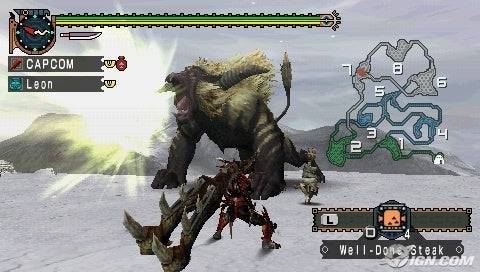
"20 years ago, Japan was in a very, very solid state in terms of the network environments available to people, and being able to connect and to play online together," Tsujimoto says. "And of course, we're not speaking for everyone there, because we realize that there are people who may not have had the chance to play with friends back then. But by moving over to handheld systems, we were able to grow that player base that was interacting and playing multiplayer together."
Monster Hunter, which is built on a core pillar of cooperative play, recognized that this aspect would best be served when friends could quickly jump into hunts together. There was no better avenue for that at the time than handheld consoles. Thanks to Japan's advanced internet, it meant Monster Hunter was being developed for a local market first, even if that wasn't an intentional approach.
This created a loop of sorts. Monster Hunter games would become best-sellers primarily in Japan, and to keep pace with the audience, Capcom would release Japan-only content and host Japan-only special events, further reinforcing Monster Hunter as a "Japan-only" brand.
Monster Hunter did have fans in the West, and they were enviously looking from the outside in. But as the Western world improved its internet infrastructure and online play became practically mandatory for most console gamers, Tsujimoto and the team saw an opportunity to launch their most advanced and most globally-accessible Monster Hunter game to date.
Released in 2018 on PlayStation 4, Xbox One, and PC, Monster Hunter: World was a gigantic change for the franchise. Rather than being scoped for small, less-capable handheld consoles, it delivered large-scale, AAA console quality action with souped-up graphics, bigger areas, and, of course, bigger monsters.
"Our approach to the globalization of the series and Monster Hunter in general really ties into not only the themes that we had going into designing the game, but also in the name of the game," Tsujimoto reveals. "The fact that we called it Monster Hunter: World is really kind of a nod to the fact that we wanted to appeal to this worldwide audience that we wanted to really dig into and experience Monster Hunter for the first time."
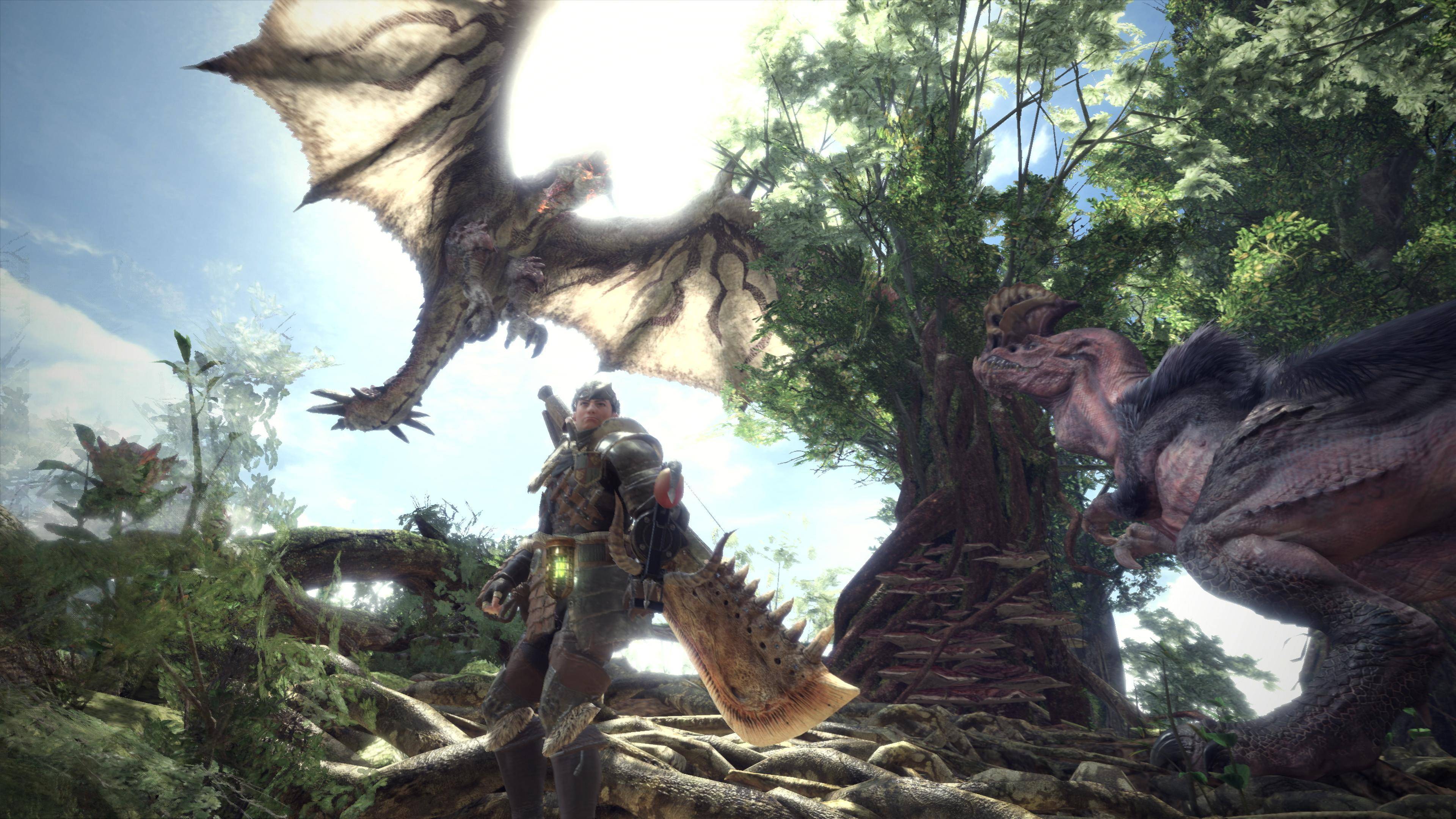
It was also vital that Monster Hunter: World not do anything that gave off the impression that Capcom was prioritizing one market over the other. Monster Hunter: World would be released simultaneously worldwide, and there wouldn't be exclusive content locked to Japan, something Tsujimoto says "comes with realigning ourselves to hit those global standards that people come to expect of titles around the world."
It wasn't just a matter of making sure other regions got Monster Hunter: World at the same time as Japan (though it certainly helped). Tsujimoto and co. drilled deep to see what other ways Monster Hunter's formula could be tweaked to broaden its appeal with players from all around the world.
"We did focus tests and user tests across the world, and some of the impact of those — the feedback and the opinions that we got during that really affected how we designed our game systems and really affected how much success we had as a global title for that game," Tsujimoto says.
One important change that resulted from these playtests was simply showing damage numbers when players hit the monsters. Little tweaks here and there to an already successful formula drove Monster Hunter to the greatest heights it had ever reached. Previous Monster Hunter games had typically sold around 1.3 to 5 million copies, not including re-releases and special editions. Monster Hunter: World and its 2022 follow-up, Monster Hunter Rise, both recorded sales greater than 20 million copies.
This explosion of player growth didn't happen by accident. Instead of changing the spirit of Monster Hunter to suit Western tastes, Tsujimoto and the team found ways to open up the series' unique (and, admittedly, obtuse) nature to a wider audience without making sacrifices. This approach continues with the series' latest game, Monster Hunter Wilds.
"At its heart, Monster Hunter really is an action game, and that sense of accomplishment you get from really mastering that action is an important aspect of Monster Hunter," Tsujimoto explains. "But for newer players, it's really getting to that point. The steps involved in getting to that sense of accomplishment is really what we're trying to strategize for, in terms of designing for new players. So with World and Rise, for example, we were taking really great care to analyze where players got stuck, what was hard to understand, what they were having trouble with, getting player feedback, and also doing our own kind of research into that. And all of that kind of knowledge has impacted how we've implemented new systems into Wilds."
Within 35 minutes of its release, Monster Hunter Wilds hit 738,000 concurrent players on Steam, a figure more than double Monster Hunter: World's all-time high. And so there's every chance that Capcom's latest hunt may go on to quickly exceed even World and Rise's lofty achievements. And thanks to a collection of glowing reviews and the promise of more content to come, it seems incredibly likely that Monster Hunter Wilds will continue the series' mission to take over the world.

